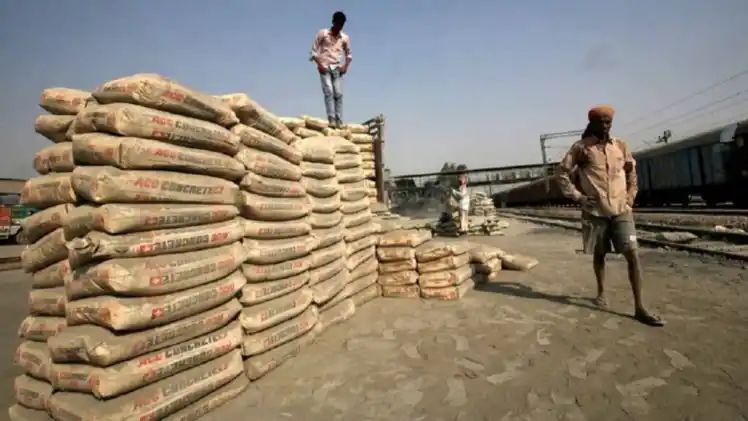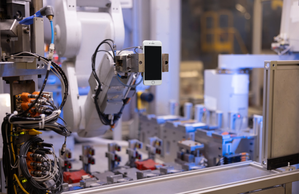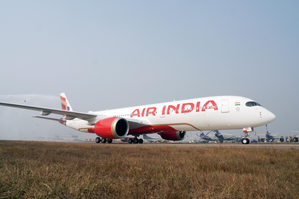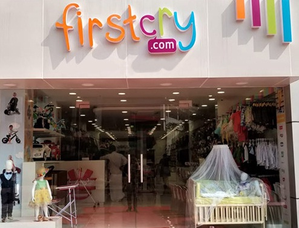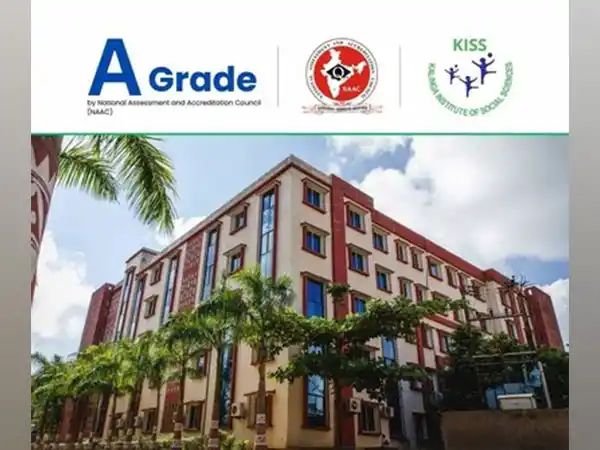Budget 2024: Rationalise Tariffs On Smartphones Parts, Establish Global-scale Factories, Demands ICEA
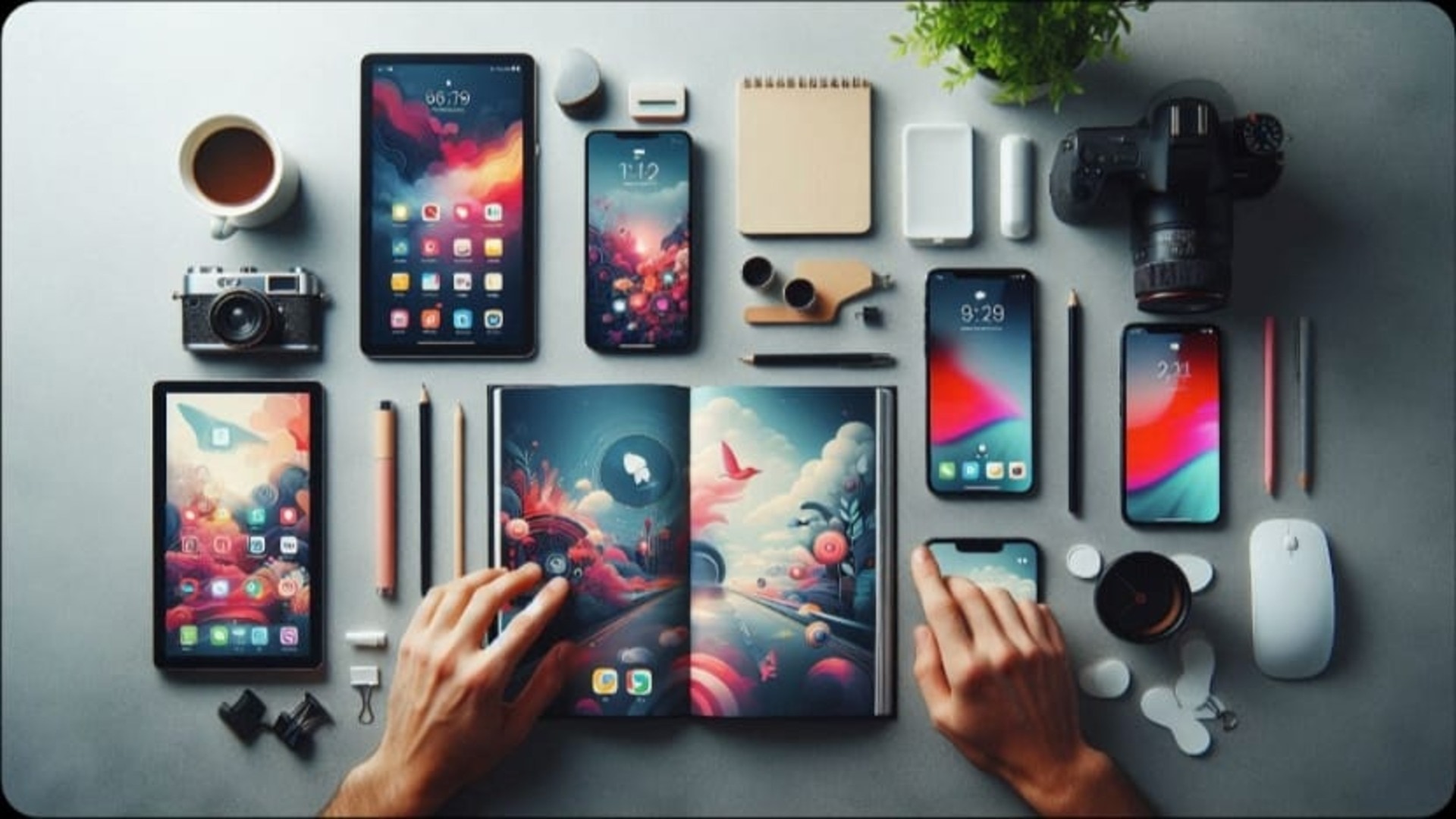
India Cellular & Electronics Association (ICEA) has made a case for reduction in input tariffs on smartphone components in the forthcoming Budget to be unveiled later this month.
The India Cellular & Electronics Association (ICEA) said higher input tariffs perpetrate import dependency and “restrict” the potential impact of PLI.
ICEA outlined three major recommendations: rationalise tariffs on mobile phone parts and sub-assemblies, policy and financial support to develop a largescale ecosystem, and establish global-scale factories and warehousing to ensure timely delivery.
“Higher tariffs make India incompetent beyond import substitution, and creates a viscious cycle of high prices by domestic suppliers, and global suppliers, including those operating in India,” ICEA said.
High tariffs also significantly lower the tendency of global firms to shift production to India, it said.
“Building local supply chains is a slow process due to lack of technology, high cost of finance, and skill gap, and importing inputs involves a high tariff, so what we were intending to do with PLI, because of these restrictions, it is not growing as expected,” ICEA Chairman Pankaj Mohindroo said.
ICEA On Tariffs On Smartphones
Tariffs on smartphones have been successful, and have built a USD 51 billion industry, but it has not worked the same way for inputs, ICEA said, adding that working and focusing on aggregate value addition is the need of the hour.
“Domestic supply chain can only be built with scale and from orders placed by global value chains (GVCs). GVCs choose the most competitive countries, not companies. Tariffs are unhelpful,” it said.
ICEA based its recommendations on a “Tariff Study” it conducted across seven competing economies, including India, wherein China and Vietnam are the main competing economies for India in the global mobile phone market.
“India’s tariffs on inputs are much higher than its competing economies, and these high tariffs lead to higher costs for finished goods,” the report said.
“High tariffs on inputs increase costs, making Indian industry less competitive, and hindering its ability to join GVCs. This discourages GVCs from shifting to India. Competitiveness is critical to building scale and attracting FDI which in turn, positively impacts domestic value addition and job creation,” ICEA said.
ICEA On Seven Tariff Slabs
ICEA said India’s complex seven tariff slabs for the mobile sector should be reduced to 3+1 slabs — 0 per cent, 5 per cent, 10 per cent, and 15 per cent.
“A high tariff on sub-assemblies and components of sub-assemblies thereof increases the costs of these sub-assemblies, thus making them less competitive than their competitors. This in turn decreases the competitiveness of smartphones produced in India,” it said.
The study said any revenue foregone under this tariff reduction would be more than compensated by the additional revenue generated from higher affordability, increased production, sales of smartphones, and higher economic activity following job creation.
To attract GVCs and increase the scale of production, ICEA said all tariff lines that increase costs significantly, including components of complex subassemblies, should be brought down to zero.
It also suggested the removal of 2.5 per cent tariff on sub-assembly parts and inputs.
(With inputs from PTI)

